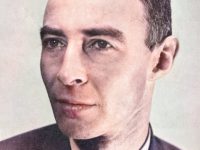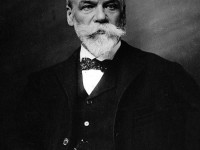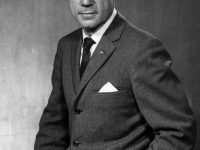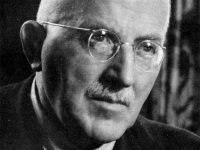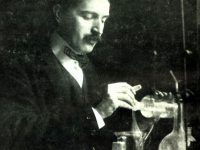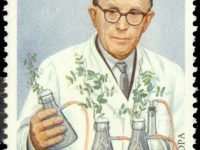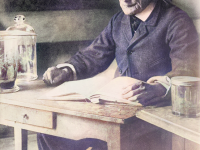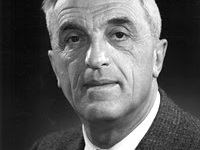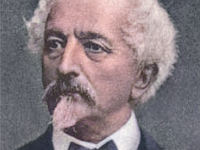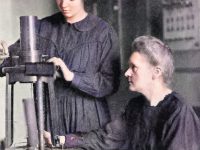The Case of J. Robert Oppenheimer
On April 22, 1904, American physicist J. Robert Oppenheimer was born. Oppenheimer was the wartime head of the Los Alamos Laboratory and is among those who are credited with being the “father of the atomic bomb” for their role in the Manhattan Project, the World War II undertaking that developed the first nuclear weapons. Oppenheimer‘s achievements in physics included the Born–Oppenheimer approximation for molecular wave functions, work on the theory of electrons…
Read more

